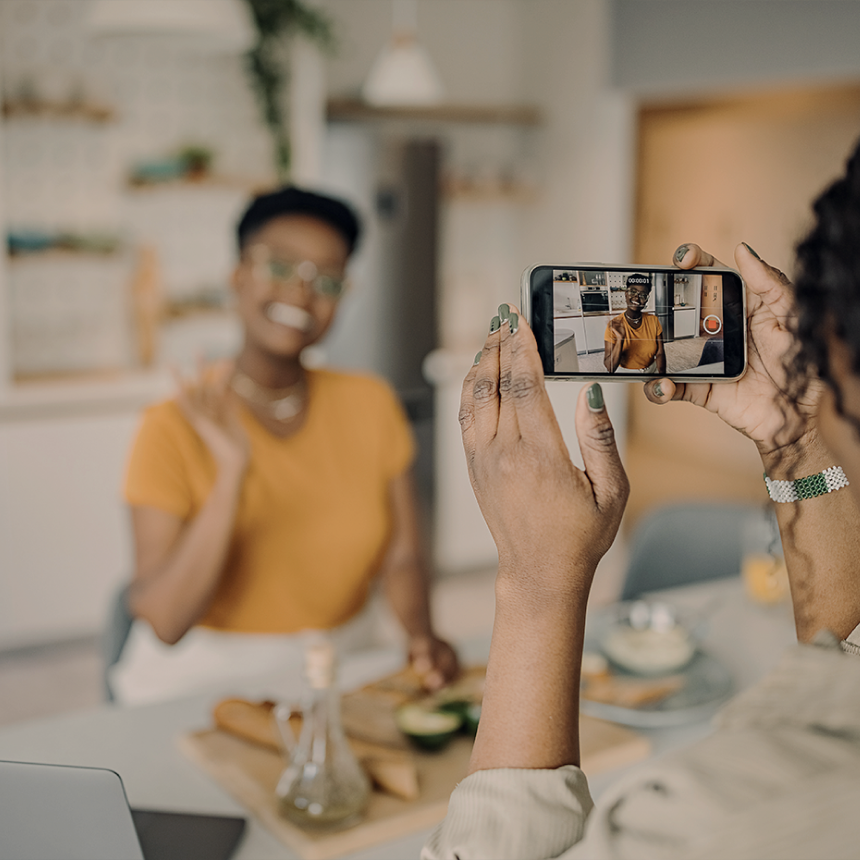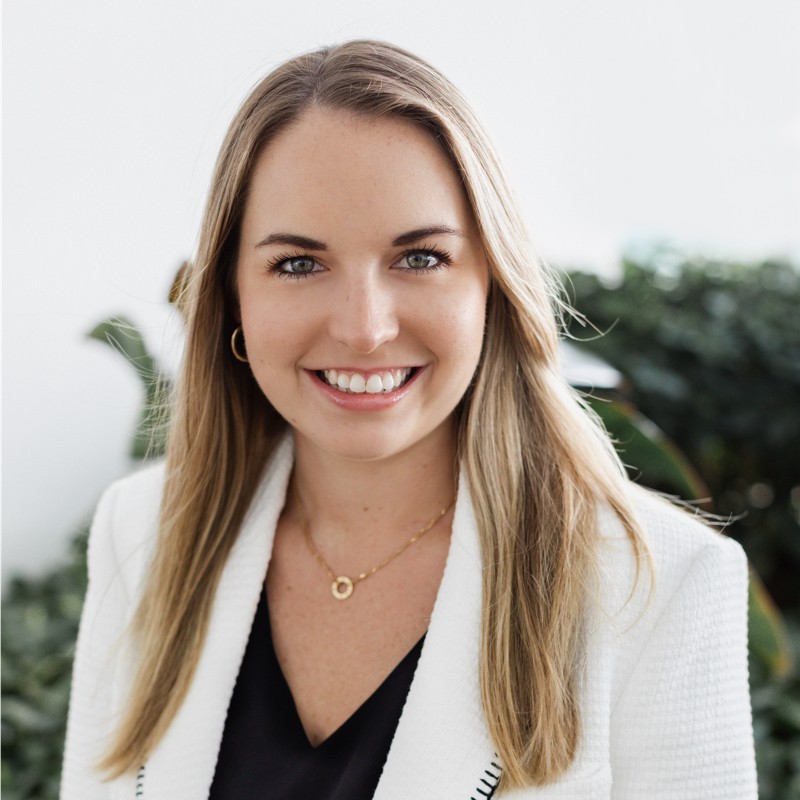In this exclusive “Masters of Media” series, Integral Ad Science (IAS) speaks to the Movers and Shakers of the Southeast Asia advertising industry, on all matters digital.
Sumit Sharma is the APAC Product Marketing Lead, Apps & Services at Facebook. He’s an experienced Regional Product & Business Leader (APAC) who passionately unlocks the value of social and digital platforms for users & advertisers across desktop, mobile, and tablet.
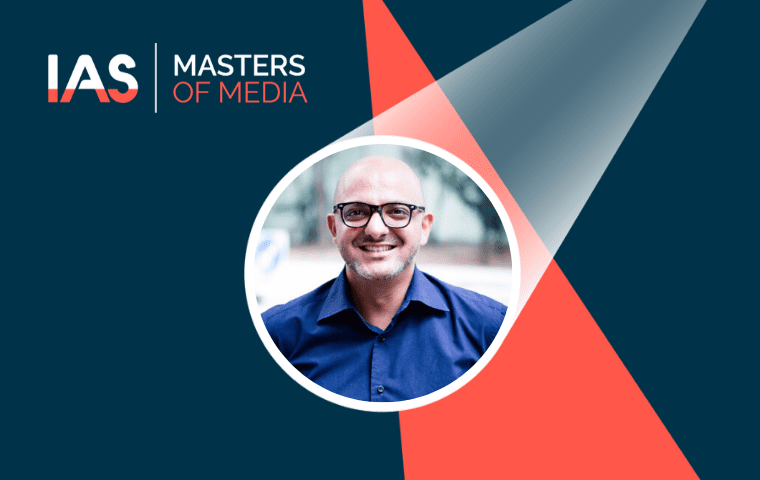
Integral Ad Science (IAS): Sumit, it’s a pleasure speaking with you today. Could you share with us how did you start your digital advertising journey?
Sumit Sharma, Facebook (Sumit): Hi, my name is Sumit and I’m a product marketer at Facebook, focusing on video and brand safety products. I started out my digital journey in India working for the Times Internet, before moving to Singapore where I worked for Yahoo and Tripadvisor. Along the way, I have had stints with strategic consulting and as well as tried to launch my own startup.
IAS: What are some key industry developments you’re excited about?
Sumit: We work tirelessly with industry bodies and other tech platforms to share knowledge, build consensus, and eventually make all platforms safer for users and advertisers. Specifically, Facebook Inc seeks to proactively collaborate with the industry and contribute to establishing a common Brand Safety terminology, taxonomy, standards, and policy. Some of the work we have done with partners includes:
- Completion of JICWEBS brand safety audit, receiving the UK Gold Standard as brand safety certified. JICWEBS is a UK industry organization for digital ad trading.
- We are also an active part of the working group for the World Federation of Advertiser’s Global Alliance for Responsible Media (GARM), which is leading the charge with global brands, media agencies, media owners and platforms, and industry bodies to create a more sustainable and responsible digital ecosystem.
- Establishing an independent body made up of international experts in measurement, statistics, criminology and governance (called Data Transparency Advisory Group (DTAG)) to give an independent, public assessment of whether the metrics we share in the Community Standards Enforcement Report (CSER) provide accurate and meaningful measures of Facebook’s content moderation challenges and our work to address them.
IAS: What is your opinion regarding the industry’s move from brand safety to brand suitability?
Sumit: Advertisers want brand safety tools that meet their needs and every advertiser’s brand safety profile is different. There are 3 different categories that may cause a brand concern: safety, sensitivity and suitability.
- Safety: content that no advertisers want to appear near (this maybe hate speech, graphic nudity or terrorism).
- Sensitivity: content that falls within commonly agreed categories of risk when showing ads (this may be debatable social issues or news reporting on tragedies and conflicts). This type of content is allowed on the platform, and we have tools like Inventory Filter, Placement Controls and Block Lists to allow brands to opt-in or out of appearing adjacent to this content.
- Suitability: content that has no risk to the vast majority of advertisers, but in relation to ads from a particular brand is unsuitable or a bad fit (this could be a soft drinks company appearing next to articles about childhood obesity).
IAS: What are the key initiatives pertaining to digital media quality your company is prioritizing right now? E.g. brand suitability
Sumit: We’ve got the following measures in place:
- A one-stop place in Business Manager or Ads Manager- to create blocklists, get delivery reports and set an account-level inventory filter, rather than applying it one campaign at a time.
- Improved delivery reports- that allow the advertiser to search by account ID or publisher without having to download it. Soon we’ll add content level information to the delivery report.
- Brand safety partners- work with third-party verification companies such as Integral Ad Science, Zefr, DoubleVerify, and OpenSlate, to help ensure the brand safety controls and tools we create continue to serve advertisers’ needs.
- Dynamic Content Sets- that provide a content-level inclusion list tool for advertisers working with Integral Ad Science, OpenSlate, and Zefr. This initial test for in-stream placements allows these partners to routinely update and adjust the videos available to advertisers based on what best suits their brand.
- We’re also beginning to test Publisher Inclusion Lists- for Audience Network and in-stream ads on Facebook with select advertisers and will look to expand more broadly next year.
IAS: What are the top key trends you foresee in 2020?
Sumit: 2020 will see an increased focus on Brand safety and establishing a common Brand Safety terminology, taxonomy, standards, and policy.We’ll collaborate with the industry and contribute towards these goals by:
- Continuing to invest in people. We now have a team of over 35,000 people focused on safety and security.
- Investing significant resources into technology like machine learning to help proactively detect photos, or learn the behaviours of how past fake accounts have behaved to remove them proactively before they can post violating content.
While we have zero tolerance for harmful content on our platforms, we recognize that it doesn’t mean zero occurrences. It’s why we are tackling this challenge across the company working with industry, enlisting expertise across subject matters, and continuing to invest in the technology, tools, and advancements that advertisers are asking for. A safer Facebook and Instagram are better for everyone, including businesses, and it’s what we’ll keep working towards.
Read more about our Masters of Media series. If you’d like to be featured or to speak with us, contact us today!
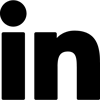 Share on LinkedIn
Share on LinkedIn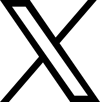 Share on X
Share on X